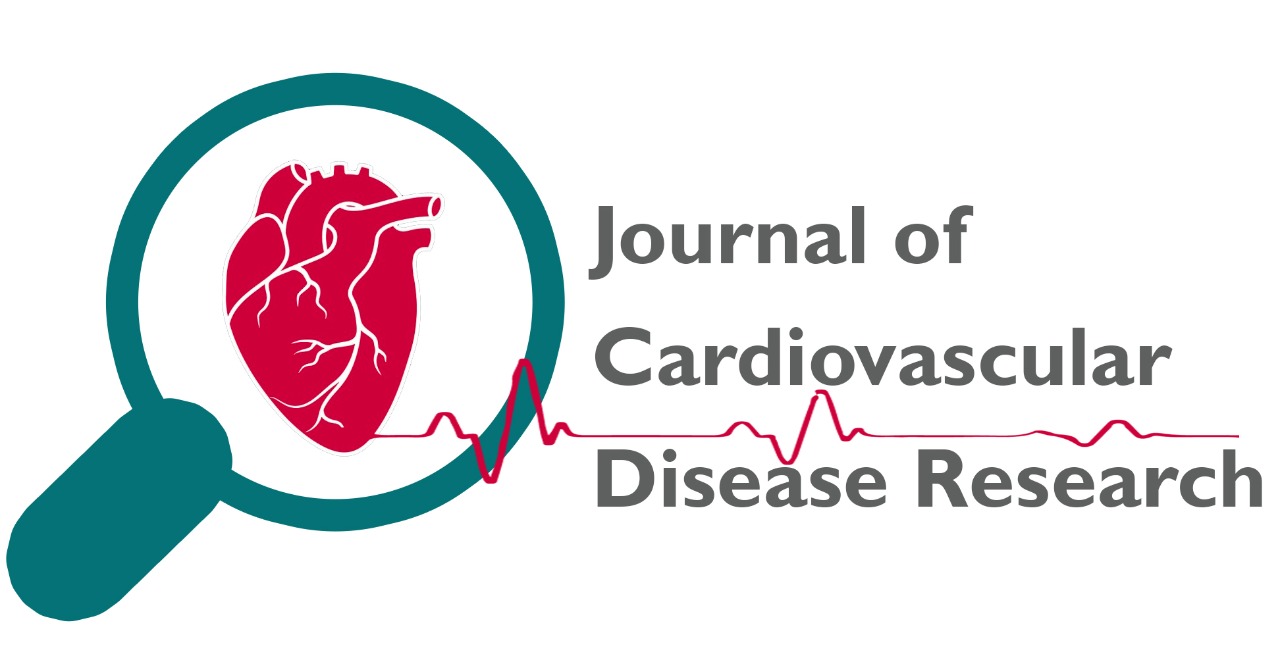
A review on Antimicrobial resistance (AMR)
Dharmpreet Singh , Jagdeep Singh, Pankaj Kumar Sharma, Hanumanthrao C Patil, Rajesh Kumari Patil
JCDR. 2023: 866-873
Abstract
Antibiotic resistance is a worldwide public-health emergency. Each year, multidrug resistant pathogens kill about 58,000 infants in India alone. Antibiotic misuse, a global occurrence, is a key generator of drug resistance. Antibiotic resistance is reaching alarmingly high levels across the globe. New resistance mechanisms are evolving and spreading throughout the world, posing a danger to our ability to treat common infectious diseases. Antimicrobial resistance (AMR) has emerged as one of the most important public-health risks, posing serious challenges to the successful prevention and treatment of chronic diseases. antibiotic resistance is mostly induced by antibiotic overuse and misuse. Antimicrobial resistance can develop naturally as a result of ongoing antimicrobial exposure. Natural selection refers to organisms that can adapt to their surroundings, survive, and continue to reproduce. Antimicrobial use and abuse in human, animal, and environmental sectors, as well as the transfer of resistant bacteria and resistance determinants within and between these sectors and around the world, are all causes of antimicrobial resistance. Most antibiotic classes used to treat bacterial infections in humans are also utilized to treat bacterial infections in animals. Given the importance and interdependence of antimicrobial resistance's human, animal, and environmental elements, it is logical to tackle the problem from a One Health perspective. This involves taking steps to ensure that existing antimicrobials continue to be effective by minimizing inappropriate use and controlling the spread of illness
Description
Volume & Issue
Volume 14 Issue 8
Keywords
|
This is an open access journal which means that all content is freely available without charge to the user or his/her institution. Users are allowed to read, download, copy, distribute, print, search, or link to the full texts of the articles in this journal without asking prior permission from the publisher or the author. This is in accordance with the Budapest Open Access Initiative (BOAI) definition of open access.
The articles in Journal of Cardiovascular Disease Research are open access articles licensed under the terms of the Creative Commons Attribution Non-Commercial License (http://creativecommons.org/licenses/by-nc-sa/3.0/) which permits unrestricted, non-commercial use, distribution and reproduction in any medium, provided the work is properly cited. |
|
|
|
|
|
Copyright � 2022 Journal of Cardiovascular Disease Research All Rights Reserved. Subject to change without notice from or liability to Journal of Cardiovascular Disease Research.
For best results, please use Internet Explorer or Google Chrome POLICIES & JOURNAL LINKS
Author Login
Reviewer Login About Publisher Advertising Policy Author's Rights and Obligations Conflict of Interest Policy Copyright Information Digital Archiving & Preservation Policies Editorial Policies Peer Review Policy Editorial & Peer Review Process License Information Plagiarism Policy Privacy Policy Protection of Research Participants (Statement On Human And Animal Rights) Publication Ethics and Publication Malpractice Statement Corrections, Retractions & Expressions of Concern Self-Archiving Policies Statement of Informed Consent Terms of Use |
Contact InformationJournal of cardiovascular Disease Research,
|




